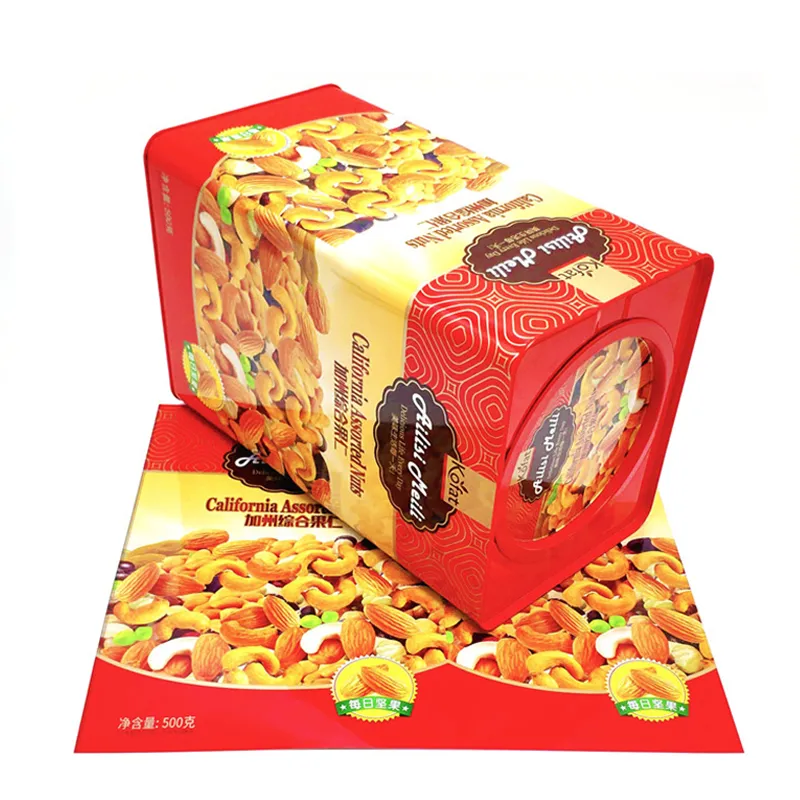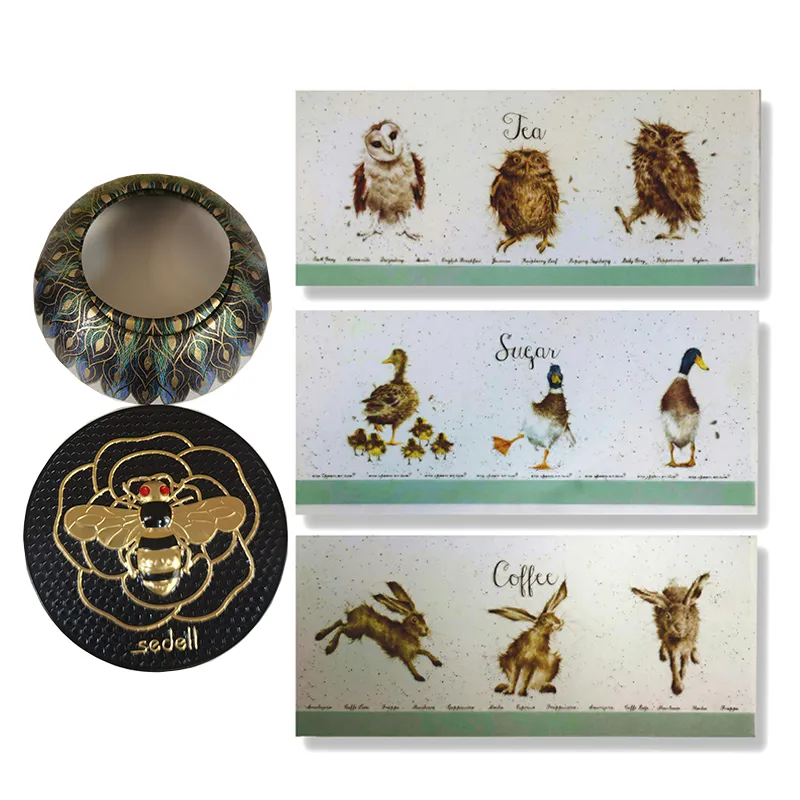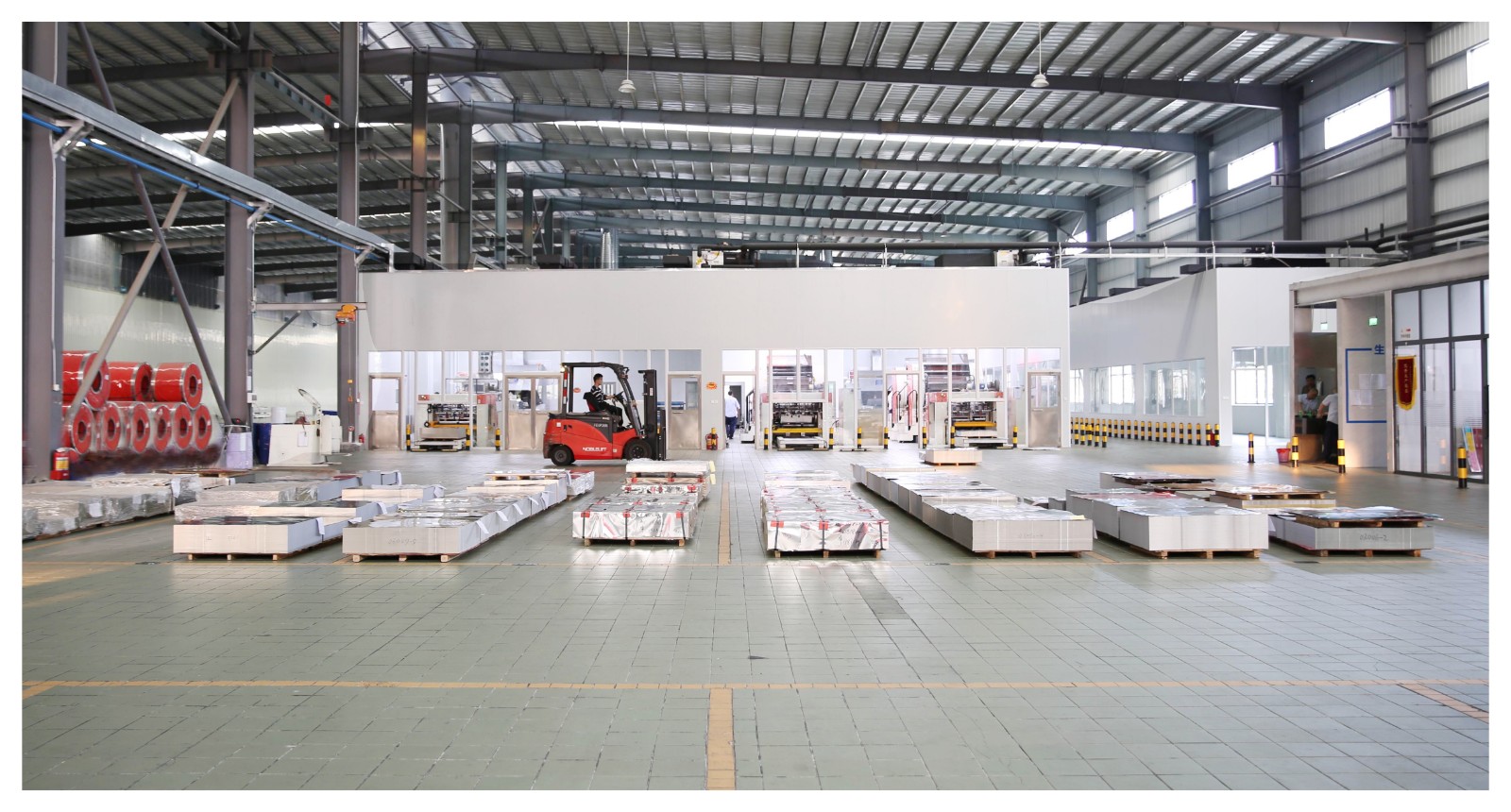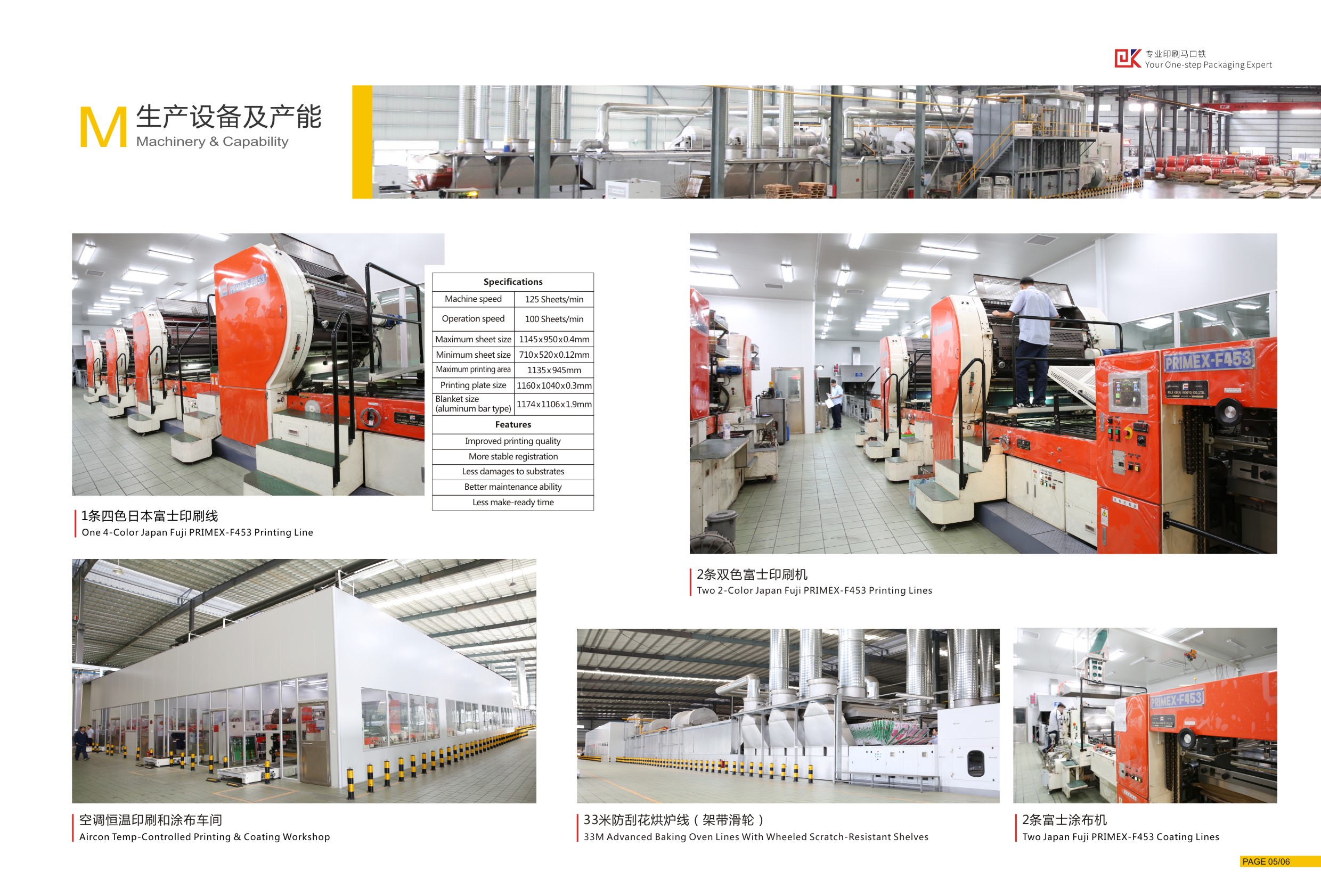Tinplate cans, a widely used metal packaging material in the packaging industry, are widely used for packaging a variety of products, including food, beverages, cosmetics, pharmaceuticals, and chemicals, due to their unique material and excellent functionality. Whether in terms of safety, durability, aesthetics, or environmental friendliness, tinplate packaging cans offer significant advantages, providing comprehensive protection for the storage, transportation, and sale of goods.
This article will detail the various advantages of tinplate cans in the packaging industry, comprehensively presenting their outstanding performance in the industry from the perspectives of material characteristics, packaging performance, safety and environmental protection, and design flexibility.

What are the material characteristics of tinplate packaging cans?
1. What is tinplate?
Tinplate is generally a metal material coated with tin on the surface of low-carbon steel. By combining the strength of steel with the corrosion resistance of tin, tinplate maintains the excellent mechanical properties of steel while preventing corrosion from the external environment. Its smooth surface, ease of processing, and good plasticity and weldability make it an ideal packaging material. In the packaging industry, tinplate is widely used for canning foods, beverages, cosmetics, pharmaceuticals, and other products. Due to the presence of tin, tinplate packaging cans not only offer superior corrosion resistance but also prevent chemical reactions inside and outside the packaging, thereby ensuring the safety of the contents and long-term storage stability.
2. Structural Stability of Tinplate Packaging Cans
The strength of tinplate packaging cans comes from their steel base, which can withstand significant external pressure and prevent deformation or damage from impact during transportation or storage. The sturdiness of tinplate packaging cans is particularly important for pressurized beverages or aerated foods.
In addition, tinplate packaging cans offer excellent thermal conductivity, which is particularly effective during food processing processes such as high-temperature sterilization and rapid cooling. This characteristic of tinplate not only improves food safety but also enhances product freshness.

What are the packaging properties of tinplate cans?
1. Excellent Sealing Performance
Sealing is a key factor in determining packaging quality, especially for food and beverage packaging. A good seal effectively prevents the ingress of air, moisture, and microorganisms, protecting the contents from external contamination and extending the shelf life of the product.
Tinplate packaging cans offer superior sealing properties, particularly in food canning. Tinplate packaging cans can be seamlessly welded under high temperature and high pressure, creating a tightly sealed environment. This sealing performance not only ensures long-term food freshness but also protects the contents from environmental factors such as oxidation and deliquescence.
2. Strong Corrosion Resistance
The corrosion resistance of tinplate packaging cans primarily relies on the tin layer on their surface. Tin, a stable metal, effectively isolates moisture and oxygen from the air, preventing rust on the iron substrate. To further enhance the corrosion resistance of tinplate packaging cans, many are coated during the production process, using special coatings or other techniques to provide an additional layer of protection.
This multi-layered protection makes tinplate cans particularly suitable for packaging acidic or alkaline foods, such as tomato products, juice drinks, and canned fruit. These foods are prone to reacting with metal, but the protection of tinplate packaging cans effectively suppresses this reaction, ensuring food safety.
3. Excellent Barrier Properties
The barrier properties of packaging directly impact the shelf life of its contents. As a metal packaging material, tinplate cans offer excellent barrier properties, effectively blocking environmental influences such as air, light, and moisture. Compared to plastic or paper packaging, tinplate packaging cans offer particularly outstanding barrier properties, particularly in terms of oxygen and moisture resistance.
For products with extremely stringent storage requirements, tinplate packaging cans provide an excellent solution. For example, dried fruits, coffee beans, and pharmaceuticals, which are particularly sensitive to oxygen and moisture, can be packaged in tinplate packaging cans to maximize their shelf life and prevent oxidation or deterioration.

Safety and Environmental Protection of Tinplate Packaging Cans
1. Food Safety
Food safety is a crucial consideration in the packaging industry. Tinplate cans have proven themselves to be extremely safe as food packaging materials over many years. Because the tinplate surface is tinned and coated, direct contact between food and metal is effectively isolated, preventing the generation of harmful substances from chemical reactions, thereby ensuring food safety and health.
During food processing, tinplate packaging cans can also be sterilized at high temperatures, which is particularly important for the long-term storage of canned foods. Sterilized food cans can remain stable at room temperature for extended periods without the need for refrigeration, greatly facilitating food transportation and storage.
2. Environmentally Friendly Recyclability
Amidst growing environmental awareness, the recyclability and environmental friendliness of packaging materials have become crucial considerations for companies when choosing packaging. Tinplate cans are highly recyclable and environmentally friendly. Since iron is abundant, easily mined, and recyclable, tinplate packaging cans can be easily recycled and reused after disposal, reducing the consumption of natural resources.
Unlike plastic packaging, tinplate packaging cans have a recyclability rate of over 90%, and the recycling process is relatively simple. They can be extracted from waste through magnetic separation technology and sent to steel mills for remelting to create new steel. This recycling method effectively reduces waste generation and lowers the environmental burden.

Design and Printing Flexibility of Tinplate Packaging Cans
1. Diverse Can Designs
The material properties of tinplate packaging cans make them highly malleable, allowing them to be manufactured into a wide variety of shapes and sizes through various design processes. Whether round, square, oval, or even special-shaped cans, tinplate cans can be produced through precise stamping, bending, and welding processes to meet the personalized packaging needs of different products.
For example, in the cosmetics industry, tinplate packaging cans are often designed with exquisite appearance to enhance the product's brand image. In the food industry, tinplate cans of varying shapes and capacities provide more suitable storage solutions for various foods. This design flexibility not only enhances the product's appeal but also improves its market competitiveness.
2. High-Quality Printing
The surface of tinplate packaging cans is suitable for a variety of printing processes, including offset printing, screen printing, and thermal transfer printing. Due to the smooth surface of the iron substrate and the excellent adhesion of the coating, printed designs and text exhibit vibrant colors and high clarity, creating a stunning visual effect.
For fast-moving consumer goods (FMCG) such as food, beverages, and cosmetics, surface printing on tinplate packaging cans is an important vehicle for branding and product promotion. Through personalized designs and sophisticated printing techniques, companies can incorporate their brand image and product features into the packaging, attracting consumers and enhancing product recognition.
3. Various Coating Options
To further enhance the protective properties and visual appeal of tinplate cans, the surface of the can is often treated with a coating. Common coatings include clear coatings, colored coatings, and metallic finishes. These coatings not only improve the corrosion resistance of the can but also impart a unique sheen and texture to the packaging, enhancing the consumer's visual and tactile experience.
For example, a clear coating can enhance the can's gloss without affecting the printed pattern, making the packaging appear more upscale. Color coatings can be applied to different shades to suit the product's characteristics, highlighting its individuality.
What is your production capacity per year?
Our annual production capacity exceeds 300 million printed tinplates and 300 million aerosol cans. This large-scale output enables us to support major retail brands, wholesale distributors, and industrial clients with bulk purchasing options, low-cost pricing, and on-time delivery. Looking for a reliable Chinese manufacturer with mass production capability? Dekai is your answer.

